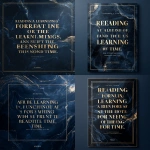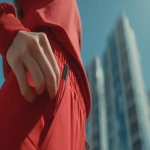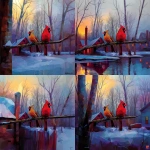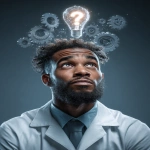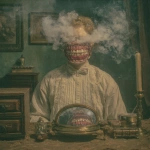Explore the Best AI Image Gallery
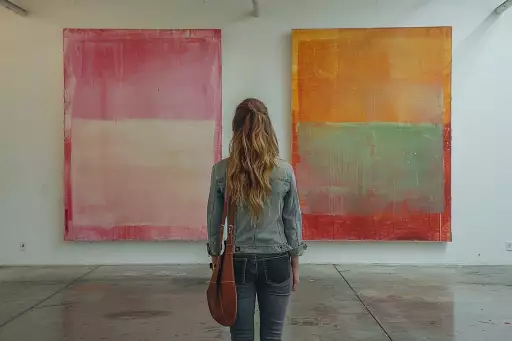
Beyond the Brushstrokes: AI-Generated Visual Content and the Future of Creativity
The realm of creativity is undergoing a seismic shift with the emergence of AI-generated visual content. This revolutionary technology, capable of producing stunning images, artwork, and even video, is poised to reshape industries, redefine artistic expression, and spark both excitement and debate.
A Canvas Painted by Algorithms
AI-powered tools like DALL-E 2, Midjourney, and Stable Diffusion are at the forefront of this revolution. These systems leverage machine learning algorithms trained on massive datasets of images and text to generate unique visuals based on user prompts. Imagine describing a fantastical landscape, a futuristic cityscape, or an abstract concept, and having an AI translate your words into a captivating visual masterpiece.
Applications Spanning Industries
The potential applications of AI-generated visual content are vast and diverse:
- Art and Design: AI can assist artists in generating new ideas, exploring unconventional styles, and creating personalized artwork. It can also be used for designing logos, branding materials, and even interactive installations.
- Advertising and Marketing: AI-powered visuals can create eye-catching ads, personalize marketing campaigns, and generate realistic product mockups.
- Film and Animation: AI can assist in creating backgrounds, characters, and special effects, streamlining the animation process and opening up new creative possibilities.
- Education and Research: AI-generated visuals can be used to create engaging educational materials, visualize complex data, and aid in scientific research.
Ethical Considerations: Navigating Uncharted Territory
While the potential of AI-generated visual content is undeniable, it also raises important ethical considerations:
- Copyright and Ownership: Who owns the copyright to AI-generated art? Is it the creator of the prompt, the developer of the AI system, or the AI itself?
- Bias and Representation: AI algorithms are trained on existing data, which can perpetuate biases and stereotypes. It is crucial to ensure that AI-generated content is inclusive and representative.
- Job displacement: Will AI replace human creatives? While AI can automate certain tasks, it also has the potential to augment human creativity and open up new opportunities.
Future Trends: The Evolution of Creativity
The future of AI-generated visual content is brimming with possibilities:
- More sophisticated AI systems: AI algorithms will continue to evolve, generating even more realistic and creative visuals.
- Integration with other technologies: AI-generated content will be seamlessly integrated with virtual reality, augmented reality, and the metaverse, creating immersive and interactive experiences.
- Democratization of creativity: AI tools will empower individuals with limited artistic skills to create their own visuals, fostering greater accessibility and diversity in creative expression.
Conclusion
AI-generated visual content is a powerful force reshaping the creative landscape. While it presents both challenges and opportunities, it ultimately has the potential to amplify human creativity, expand artistic boundaries, and unlock new realms of imagination. As we navigate this evolving terrain, it is essential to engage in thoughtful discussions about the ethical implications and strive for responsible innovation that benefits society as a whole.
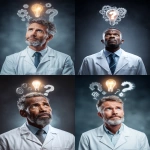
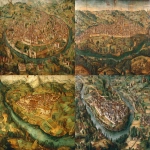
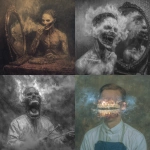




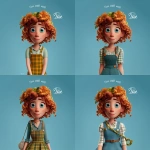
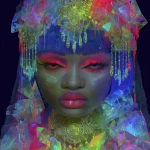

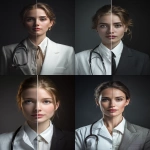
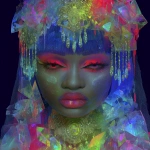
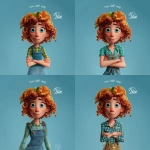
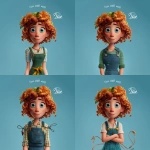
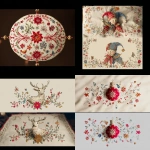

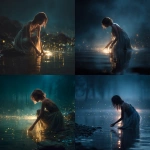


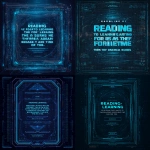
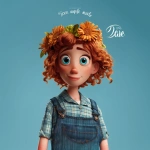
](https://images.ai-img.art/thumbnails/150/6c909fd6d38caac6572b592dd97831deb7d6562bba142798574677582676dfc1.webp)

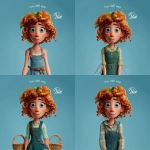
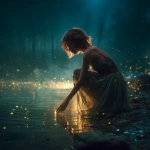
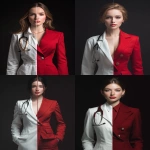
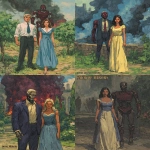

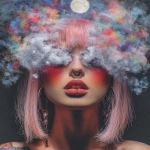
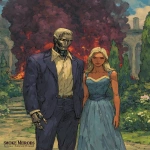
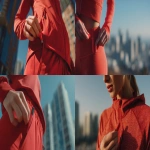
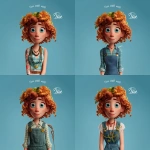
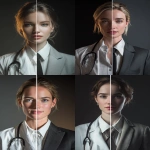
](https://images.ai-img.art/thumbnails/150/655229c40961cb7ff5abd4b4190e02c94ea1a961106e7547a562649c945268be.webp)
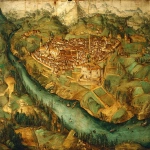
](https://images.ai-img.art/thumbnails/150/60973df1d727dbbf8e6922b7e4836814ab6012106eb9dcfe99aea7aec15f3710.webp)
](https://images.ai-img.art/thumbnails/150/1202074d0d60b08b64d0f91f36468608aaac200a02b721cc8e6d8ec8a908432c.webp)
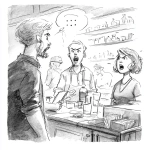
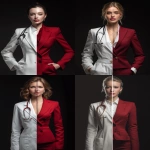
](https://images.ai-img.art/thumbnails/150/e6a179db327f0374ec327d0fdab48ac1f2dc47123eed103b0a41ed346280d07d.webp)

](https://images.ai-img.art/thumbnails/150/184b4b030e30be0a6d51b544226cb4cf2271977814d935d3aaa2b7529355b3b7.webp)
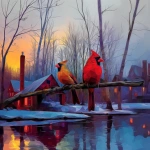
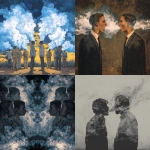
](https://images.ai-img.art/thumbnails/150/26c16e4f635deee86633de398088ca98d9bb748d6e7601436b07e882fab236cb.webp)
